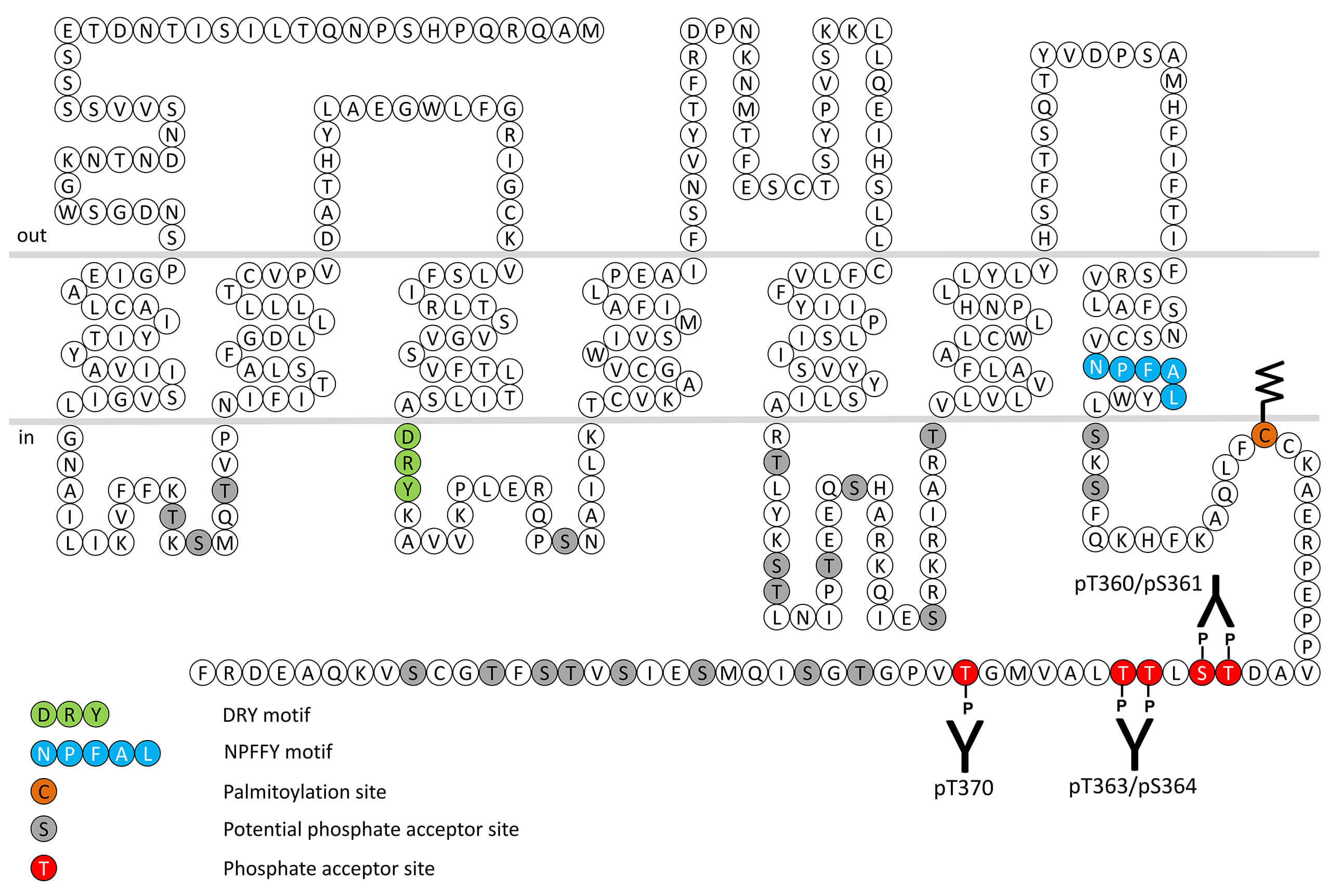No results were found for the filter!
NEW
 pT360/pS361-BB3 (phospho-Bombesin Receptor 3...
pT360/pS361-BB3 (phospho-Bombesin Receptor 3... Threonine360/Serine361 (T360/S361) is major phosphorylation site of the Bombesin Receptor 3 (BB3). The pT360/pS361-BB3 antibody detects phosphorylation in response to agonists. T360/S361 phosphorylation is likely to be involved in...
$ 375.00 *
NEW
 pT363/pT364-BB3 (phospho-Bombesin Receptor 3...
pT363/pT364-BB3 (phospho-Bombesin Receptor 3... Threonine363/Threonine360 (T363/T364) is major phosphorylation site of the Bombesin Receptor 3 (BB3). The pT363/pT364-BB3 antibody detects phosphorylation in response to agonists. T363/T364 phosphorylation is likely to be involved in...
$ 375.00 *
NEW
 pT370-BB3 (phospho-Bombesin Receptor 3 Antibody)
pT370-BB3 (phospho-Bombesin Receptor 3 Antibody) Threonine370 (T370) is major phosphorylation site of the Bombesin Receptor 3 (BB3). The pT370-BB3 antibody detects phosphorylation in response to agonists. T370 phosphorylation is likely to be involved in efficient ligand sequestration...
$ 375.00 *
Recently viewed


